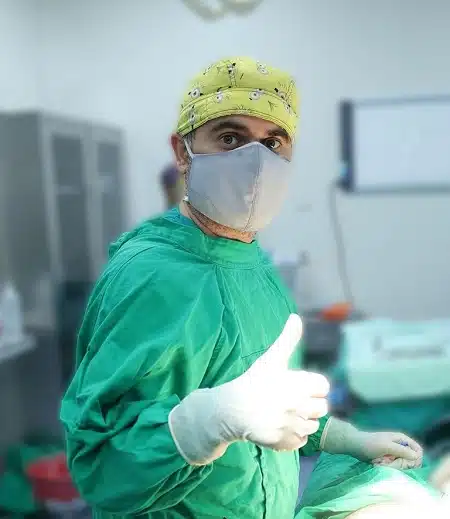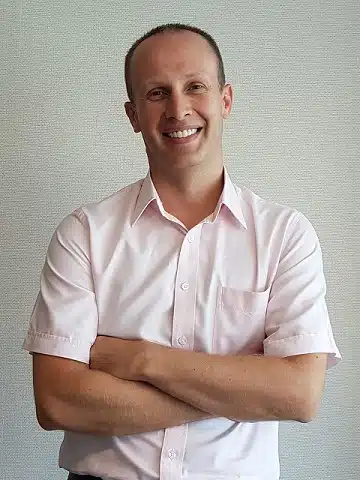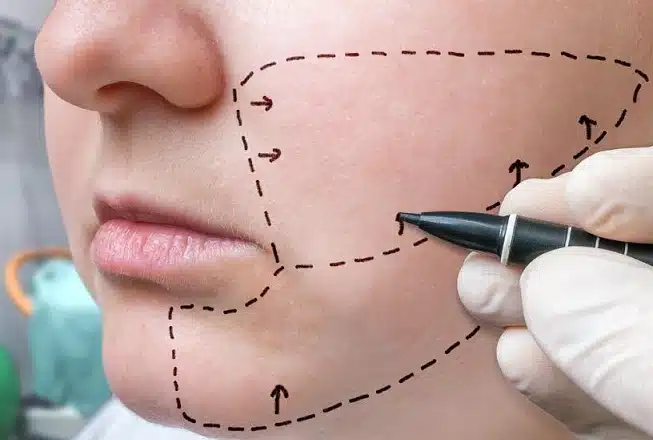Facial fat transfer has become one of the most natural and long-lasting ways to rejuvenate the face. Instead of using synthetic fillers, this procedure takes your own fat and places it in areas that need more volume or definition.
The result is a refreshed, youthful, and very natural look.
What is a facial fat transfer?
A facial fat transfer, also called fat grafting, is a cosmetic procedure that restores volume using your own fat. A small amount of fat is taken from an area such as the abdomen, thighs, or flanks. This fat is purified and carefully injected into the face.
It is a safe method because the material comes from your own body. There is no risk of allergies or rejection. Many patients choose it as a longer-lasting alternative to dermal fillers.

Facial Fat grafting makes a huge difference for rejuvenating the skin.
Why patients choose facial fat transfer
✔️ 100% natural material from your own body
✔️ Restores lost volume in cheeks, lips, and temples
✔️ Smooths deep folds like nasolabial lines
✔️ Improves skin quality over time
✔️ Long-lasting results compared with temporary fillers
Patients often describe this treatment as refreshing but subtle. The changes are noticeable, but still look completely natural.

An increasingly popular option is a face lift + fat graft treatment for a total facial rejuvenation
Who is a good candidate for facial fat transfer?
A consultation with a qualified surgeon is always the first step. Good candidates usually have:
Visible loss of facial volume
Good general health
Enough donor fat available in another part of the body
Realistic expectations about the outcome
A facial fat transfer is not only for older patients. Many younger people also choose it for contouring, especially in the cheeks or jawline.
How is a facial fat transfer performed?
The procedure follows three main steps:
Fat extraction – A small amount of fat is taken from a donor area such as the abdomen or thighs.
Purification – The fat is cleaned and processed to remove unwanted fluids and prepare it for transfer.
Injection – The purified fat is carefully placed in areas of the face that need volume or rejuvenation.
The technique requires precision and experience. The surgeon injects tiny amounts of fat layer by layer to achieve smooth, natural results.

Areas commonly treated with facial fat transfer
✔️ Cheeks – to restore fullness and highlight the cheekbones
✔️ Temples – to correct hollowness that creates a tired look
✔️ Lips – to add subtle volume and definition
✔️ Nasolabial folds – to soften deep lines from nose to mouth
✔️ Under-eye hollows – to reduce a sunken or shadowed appearance
✔️ Jawline – to contour and improve definition
Each patient has different needs. The surgeon tailors the treatment to your facial structure and goals.
Recovery after facial fat transfer
Most patients recover quickly and comfortably.
Mild swelling and bruising are normal during the first days
Most people return to routine activities within a week
Final results are visible after about three months, once swelling has gone and the fat has fully integrated
✔️ Rest and hydration help the healing process
✔️ Sleeping with your head elevated reduces swelling
✔️ Avoiding strenuous activity for two weeks supports recovery
The improvement is gradual, which makes the change discreet. Friends and family will likely notice you look refreshed, but not “done.”
How long does a facial fat transfer last?
This is one of the most common questions. The answer is encouraging.
During the first few months, the body reabsorbs part of the transferred fat. However, the fat that survives becomes permanent. With proper care, results can last many years.
Unlike fillers that fade within 6–12 months, a facial fat transfer is considered a long-term investment in your appearance.
Is facial fat transfer worth it?
For most patients, yes. Here’s why:
✔️ It restores lost volume naturally
✔️ It improves skin quality thanks to stem cells in the fat
✔️ It reduces the need for frequent touch-ups with synthetic fillers
While the initial cost may be higher than dermal fillers, the durability makes it worthwhile. Over time, many patients find it more economical and more satisfying.
Cost factors of facial fat transfer in Lima
The cost can vary depending on:
The areas treated
The amount of fat required
The complexity of the procedure
The surgeon’s experience
Since each case is unique, it is best to have a direct consultation to receive an exact quote.
Ready to take the Next Step?
Finally, talk to us. Make contact and have an in-depth conversation is a good starting point. This is important because you get a feel for the type of clinic we are and the service you can expect to receive.

Dr. Daniel Saco-Vertiz
Plastic surgeon specialized in facial rejuvenation treatment.
CMP 49075 | RNE 34624 | Chacarilla, Surco location

Dr. Maria Eugenia Ruiz
Plastic surgeon specialized in facial rejuvenation treatment.
CMP 29662 | RNE 15710 | Monterrico, Surco location
📩 Contact Us for a Personalized Evaluation
📞 Call us: +51 922 435 001
📲 Write to us on WhatsApp
🌐 Fill out our online consultation form to request your appointment
Check out our Google profile for patient reviews and to see we are a serious, reputable company.
I’m Lloyd — message me directly and I’ll coordinate everything for your treatment.

Frequently Asked Questions ❓
❓ Is facial fat transfer painful?
Most patients feel only mild discomfort. The procedure is usually done with local anesthesia and light sedation, so you remain comfortable throughout.
❓ Can the fat be used again if I gain or lose weight later?
Yes, the transferred fat behaves like normal fat cells. If you gain weight, those areas may slightly increase in size. If you lose weight, the treated areas can slim down too.
❓ How much fat is needed for the procedure?
Only a small amount is required, often between 20–40 milliliters. Even slim patients usually have enough fat available for transfer.
❓ Can facial fat transfer be combined with other treatments?
Yes. It is often performed together with eyelid surgery, facelift, or skin resurfacing for a more complete rejuvenation.
❓ Is there a risk that the fat disappears completely?
A small percentage of the fat is always reabsorbed. However, with modern techniques, most of the transferred fat survives and integrates permanently.

